From henceforth all generations shall call Me blessed. [1]
![]()
The most extreme, and yet the most common, accusation levelled against the Orthodox veneration of icons, is that it is “idolatry” or “idol-worship,” that it (like the veneration of the relics of saints, with which it is closely connected) is a perversion of a spiritual in favor of a materialistic Christianity. Such a view is the result of a very basic misconception as to the nature of Christianity; it is rooted in a failure to understand the full meaning of the Christian Revelation.
The basis of icon veneration is to be found in the Incarnation of the Son of God, in the very source of Christian faith. The kontakion sung on the Sunday of the Triumph of Orthodoxy indicates this:
The illimitable Word of the Father accepted limitation by incarnation from Thee, O Mother of God; and He transformed our defiled image to its original state and transfused it with the Divine beauty… (Tone 8)
It is thus because God has taken human form and so restored this form to its original likeness to Himself, that it is proper for us to reverence images of our Lord, His Most Holy Mother, and the saints, in whom the Divine image has also been restored.
Icon-veneration is a consequence of the Incarnation; so too it illuminates for us the meaning of the Incarnation. Salvation has come to the world; God has given us means appropriate to our humble state whereby we may return to Him. The wisdom of the Church has been evident in her insistence on discipline of the body as well as of the soul; ours is a religion not of ideas and abstractions, but of practice and even of hard work. The body, which through its weakness would often lead us astray and ruin the best of intentions and the noblest of purposes,—it too must be chastened and taught to please not itself but God That is one reason for our fasts, prostrations, for making the sign of the cross, and for the veneration of icons and relics.
Such are some of the principles that underlie the veneration of icons, and Orthodox practice is in perfect accord with them. No rightbelieving Orthodox person has ever been guilty of idolatry, of mistaking a piece of wood for God; nor has there ever been any confusion concerning the meaning of our reverence for the Mother of God and the saints. We worship, as St. John Damascene says, “not the material, but that which is represented; just as we do not venerate the material of the Gospels or of the Cross, but that which they represent.” Concerning the Mother of God, as the same Saint continues, “the honor which is given to Her is referred to Him Who was made incarnate of Her”; and regarding the saints, “the honor given to the best of one’s fellow-servants is a proof of one’s love for the common Lord.”[2]
Every Orthodox icon that has been properly blessed is a means of grace; but beyond this a special place is reserved for icons that have become known for their miracles. The great majority of miraculous icons are of the Mother of God, and there is a special reason for this. As the chosen vessel of the Incarnation of the Son of God, the Mother of God occupies by right a central place in Christian worship. Further, as the kontakion for Orthodoxy Sunday implies, it was through birth from Her that the formless God assumed a form that could be represented. These theological facts are confirmed in Orthodox experience; for it is above all the Mother of God Who has aided and protected Orthodox people, revealing Her mercies at critical times for individuals and whole Christian communities, particularly through miracles wrought in connection with Her holy images.
The miracles to be described in this and future issues of The Orthodox Word will seem frankly incredible to many non-Orthodox, and we will doubtless be criticized for our simplicity in accepting them. There is one reason for our simplicity. We, unworthy as we are, and living as we do in the least Christian of all ages, have yet witnessed such miracles ourselves; and what we have seen with our own eyes we have no reason to doubt when recounted by the saints and fathers who have preceded us. In our own time icons have become miraculously brightened or renewed, or they have shed tears, and healings have occurred in their presence. Surely no one who has seen the tears streaming down the cheeks of the Mother of God in any of the recent weeping icons, and has known the tearful repentance which they evoke, can doubt that miracles occur or that they have a special meaning for us. The continued occurrence among us of such miracles is a sign of the presence of the Holy Spirit in the Orthodox Church. The skepticism and critical attitude of non-Orthodox in general towards miracles, ending in the attempt to explain them away, is perhaps due, more than to anything else, to lack of experience; for it is indeed true that outside the Orthodox Church miracles have become so rare as to seem freakish and phenomenal. For Orthodox believers miracles are still, if not commonplace, then at least something familiar and understandable; they are an important part of the normal spiritual life of the devout believer.
The abundance of Divine grace that has manifested itself through the intercession of the Most Holy Mother of God has given rise to a variety of icon-types, each one of which represents one instance or aspect of Her help and protection of sinful mankind. These icon-types are named either after the place of their revelation or miracles (such as the well-known images of Vladimir and Kazan), or after phrases, usually taken from an akathist or other service to the Mother of God, describing the function or meaning of the particular icon (such as the icon to be described below, “The Joy of All Who Sorrow”). The types are distinguished by such details as the position of the Child, the inclination of the head and direction of the glance of both Mother and Child, and gestures of the hands. Further, in addition to the basic types there are usually copies that differ from the original in small details; these copies often become known as being miraculous in their own right. If everything is considered, the study of the icons of the Mother of God is a science in itself, a science, as it might be called, of God’s grace. Our attempt in these short articles will be to give no more than an introduction to this science, with emphasis upon the history and practical meaning of each icon.
“THE JOY OF ALL WHO SORROW’.’

The origin of the Russian icon of the Mother of God known by this name is uncertain. It is not known whether it, like many other Russian icons, was derived from a Byzantine prototype; but in any case it existed quite early, already in Kievan Russia. What was apparently the oldest icon of this type was located near the Monastery of the Caves in Kiev (Kievo-Pechersky Lavra), in the church of the hospital founded in 1106 by St. Nikola Svyatosha (the Saintly), great-grandson of Yaroslav the Wise. It is quite possible that the icon was placed there by the Saint himself.
An old tradition states that this icon was responsible for miraculous healings at a very early date. It is related that a gatekeeper several times saw a lady going into the hospital at night and noticed that after each such visit some patient would receive healing. Astonished by this, the gatekeeper asked the patients who this lady was. They replied that it was someone unknown to them who, when asked her name, would answer, “I am the joy of those who sorrow.” One night the gatekeeper followed the lady on one of her visits, which led to the cell of a monk who was fatally ill. There, on the wall over the bed of the dying monk, he saw the icon of the Mother of God and realized for the first time the true identity of the nocturnal visitor. This monk also was healed.
Many other miraculous icons of “The Joy of All Who Sorrow” were in existence before the eighteenth century, and the very name became as it were a magnet for those suffering all manner of afflictions. One of the oldest was located in a prison in the town of Vologda and occupied a place in every church procession in that town after the year 1522. Another icon in Tsarskoe Selo was noted for healing of the mentally ill; one in Pskov, for healing of diseased eyes; one in Tver, for miraculous help during an epidemic of cholera; one in Tobolsk, for protection of fishermen and merchants. In Perm there was a monastery dedicated to the icon.
The main feast-day of the icon, which is celebrated on October 24, was established in the year 1648 on the occasion of a miraculous healing by an icon in the city of Moscow. A sister of the Patriarch of Moscow loakim, Evfimia, suffered a deep wound in the side. Expecting to die, she nonetheless did not lose hope in Divine aid, and in answer to her fervent prayer to the Mother of God she heard a voice saying, “Evfimia, why do you not turn in your suffering to Her Who heals all?” “But where can I find such a healer?” replied Evfimia. “My image is in the church of the Transfiguration of My Son; it is called ‘The Joy of All Who Sorrow’… Call a priest from this church with the image, and after he has served a moleben with the blessing of water, you will be healed. And then do not forget My mercy to you, and confess it for the glory of My name.” All was done as the voice had indicated, and Evfimia was indeed healed on October 24, the date on which this icon has been commemorated since then.
The more recent popularity of “The Joy of All Who Sorrow” is owing to the miracles performed by another icon located just outside St. Petersburg in a chapel near a glass factory. During a thunderstorm on July 23, 1888, lightning struck the chapel and burned or singed everything inside, including the other icons, with the single exception of this icon. The icon slid to the floor from the shock, and the face of the Mother of God, which had darkened from age and soot, became suddenly bright. The nearby poor-box broke open at the same time and twelve small coins from it became somehow attached to the face of the icon; these coins are always shown in subsequent copies of this particular icon.
News of the miraculous preservation and renewal of the icon quickly spread throughout the capital, and from early morning of the following day the burned chapel was surrounded by a multitude of people who marveled at this sign of Divine mercy. At noon that day the first moleben was served before the icon, and thereafter, as the news spread to the rest of Russia, ever larger crowds came to pray, and several miraculous healings occurred. The Emperor Alexander III, after himself coming to venerate the icon, donated a piece of land for the erection of a stone church dedicated to it; this church was consecrated in 1898. The icon is commemorated by the Church on the date of its renewal, July 23.
The various types of “The Joy of All Who Sorrow” possess in common certain basic characteristics. The Mother of God is always shown in full stature, sometimes with and sometimes without the Child in Her arms. Beneath Her are groups of people suffering various sorrows and afflictions, appealing for Her aid; above or among them are angels sent by the Mother of God to minister to their needs. Beyond these common characteristics the different types present a variety in the representation of details such as is seen in very few other icons of the Mother of God. This variety can partly be accounted for by the complexity of the icon itself; but, as we shall now see more precisely, it is most easily to be explained in terms of different renditions of an identical subject-matter.
The exceptionally fine icon illustrated here on page 25 is located in the cathedral church of San Francisco, which is dedicated precisely to The Joy of All Who Sorrow.” It is executed in perfect traditional style and makes complete use of the symbolic language of traditional iconography, thus making it possible to express the full meaning of the icon with the greatest economy of means.

The Mother of God is shown here, as also in the St. Petersburg type, without the Child and with Her arms outspread in the manner of the celebrated icon of the “Protection” (Pokrov). In Her right hand the Mother of God holds a scepter, symbol of sovereignty; this symbol is present in only a few other of Her icons, most notably in the icon of the Reigning Mother of God.” Some other types of “The Joy of All Who Sorrow” lack the scepter but express the same meaning through the use of a crown placed on or above the head of the Mother of God. The meaning is clear: She is Queen of Heaven, enthroned in glory. Heaven is here indicated, not by naturalistic clouds as in certain modern versions of this icon, but by the gold background, which always symbolizes heaven, and by another, perhaps the most striking, feature of the icon: the flowers. These are obviously not earthly flowers; they are the blossoms of another world, of an entirely new creation—flowers of paradise. Even in such a detail as this, sacred iconography raises our minds above all things earthly and gives a fore glimpse of things as they will be in the Kingdom of Heaven.
The Mother of God, though in paradise, is also near to men; and use of iconographic symbolism allows these two facts to be expressed simultaneously. Instead of being far removed from the world, above the clouds. She stands here in its midst, immediately accessible to all who seek Her. It is thus emphasized that the door to paradise is near and that at certain times—as in the case of miracles wrought by the intercession of the Mother of God—men are actually touched by Divine grace and glimpse, if only for a moment, paradise itself. On both sides sorrowing people appeal to the mercy of the Mother of God. The texts written on banners in Slavonic letters are the petitions of different groups of the afflicted that She may be for them the staff of old age, clothing and warmth of the naked, healing of the sick, joy of the sorrowing, intercessor of the offended, feeder of the hungry, companion of travelers. These and other petitions the Mother of God answers by sending angels to comfort and heal, Herself giving with the left hand heavenly nourishment in answer to the petition, “feed us with the bread of Thy mercy.” At the top of the icon to the left is the sun, and to the right the moon, a motif that appears sometimes in icons of the Crucifixion, but rarely in icons of the Mother of God; it symbolizes here perhaps the universality of Her sovereignty and of Her power of intercession. At the very top in the center stands the Saviour as Pantocrator, Ruler of All: He from Whom the Mother of God derives Her sovereignty.
The origin and history of this particular icon are unfortunately almost entirely unknown. It apparently remained in the Soviet Union until after the Second World War, when it somehow was brought to Paris. There it was purchased at an exhibition by an American, and it finally found its way into the window of an antique shop in San Francisco, where it was purchased by some members of the parish and presented as a gift to the cathedral church.
There are signs on the icon of once having been encased in a metal riza such as has long been used to protect and adorn valuable icons; of this it was apparently despoiled while still in the Soviet Union. It is obviously quite old, a fact corroborated by experts who examined it in San Francisco; a reasonable estimate of its date would place it in perhaps the 16th or 17th century. From these facts, and from the fineness of the icon itself, one may surmise that the icon was in fact one of the well-known images of this type that existed in pre-Revolutionary Russia; but nothing more definite can as yet be stated about it.
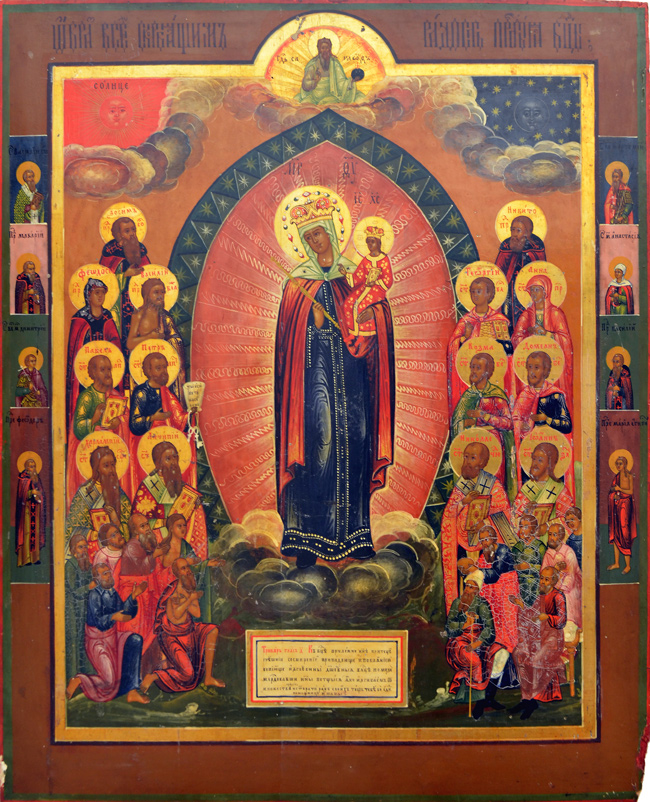
The cathedral church in San Francisco which is dedicated to this icon may itself be taken as a living example of its meaning. Formed in 1927 by a group of those faithful of the Russian Orthodox Church Outside of Russia who wished to remain in the canonical Synod and reject the schism of the American Metropolia, it began in sorrow and tribulation as virtually the only loyal parish in America. From that time to this it has partaken of every tribulation of the suffering Russian people in exile, as well as others peculiar to itself devised by the devil for the division of the faithful. But through all its trials it has remained loyal to the canonical Russian Church abroad, and God has rewarded this faithfulness with a multitude of spiritual joys, not the least of which is the magnificent new cathedral, pictured on the cover of this issue of The Orthodox Word, which has been built for what has become the largest parish of the Russian Orthodox Church Outside of Russia. It stands as a witness of the unbroken continuity of the Orthodox Faith first planted in the New World by Father Herman of Alaska.
The experience of this parish is repeated in the life of every Orthodox Christian who knows in his own experience the meaning of the words of our Saviour, “Ye shall weep and lament, but the world shall rejoice; and ye shall be sorrowful, but your sorrow shall be turned into joy“(St. John 16:20). This life has been given us for trial, and in trial there is inevitably tribulation and sorrow; but the goal of human life is the joy that awaits those who pass the trial. This joy we know already even in the small tribulations of our life, if we face them with Christian faith and with the aid of the Divine grace bestowed in the sacraments and through the intercession of the Mother of God and the saints; and this is for us a foretaste of the never-ending joy that awaits us in the next life. The very Lord of life was crucified and buried; but He rose from the dead and opened to all the door of eternal life. “In the world ye shall have tribulation, but be of good cheer, I have overcome the world” (St. John 16:33).
In the Resurrection of our Saviour is the guarantee of our eternal joy; and in the intercession of His Most Holy Mother is the surest means of approach, outside the sacraments themselves, to this eternal joy. She is an ever-ready recourse in our tribulations, a merciful bestower of blessings and joy even when there seems to be no hope. May the prayer of the troparion to Her icon be our own prayer: “Joy of all who sorrow, hasten, we pray, and save Thy slaves.”
Note: The historical material on pp. 24–27 was taken from E. Poselyanin, The Mother of God (in Russian), St. Petersburg, n.d.
[1] St. Luke 1:48
[2] On the Orthodox Faith, IV, 6.

by Saint Seraphim of Platina [†1982]
The Orthodox Word, Volume 1, No. 1, 1965, pp. 21-31
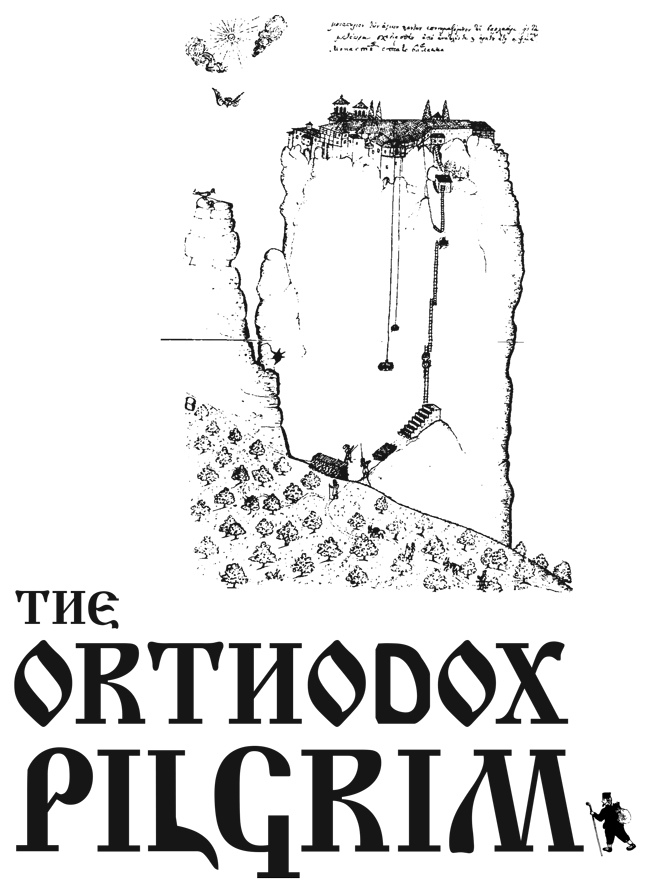
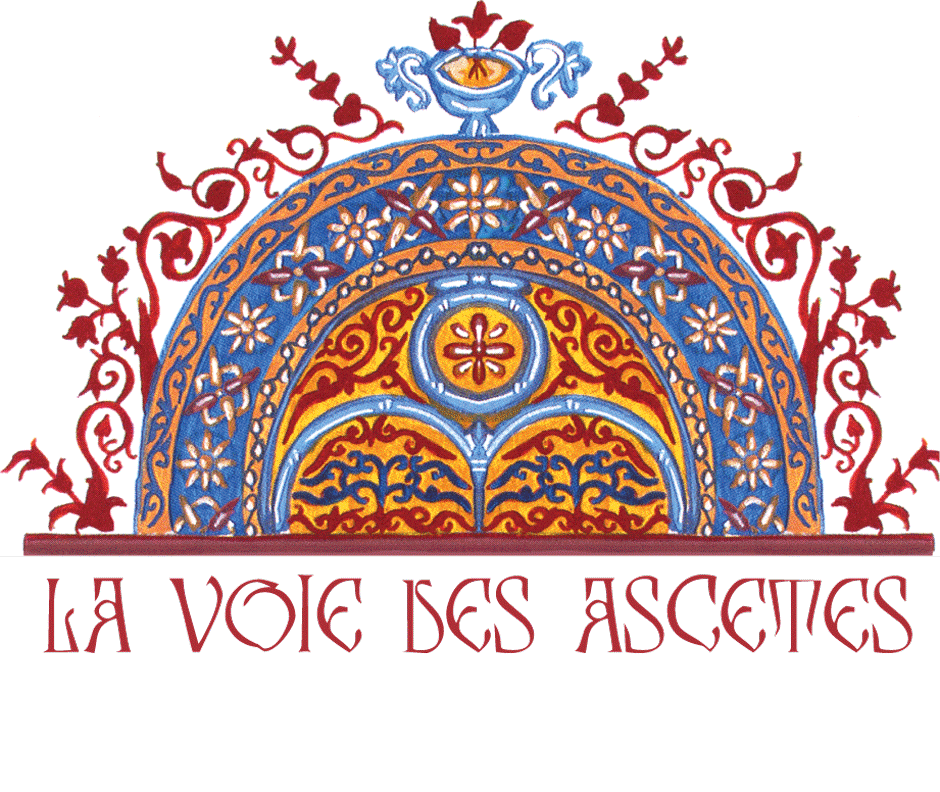
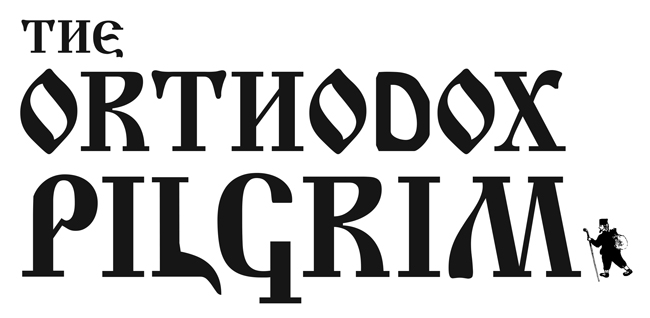
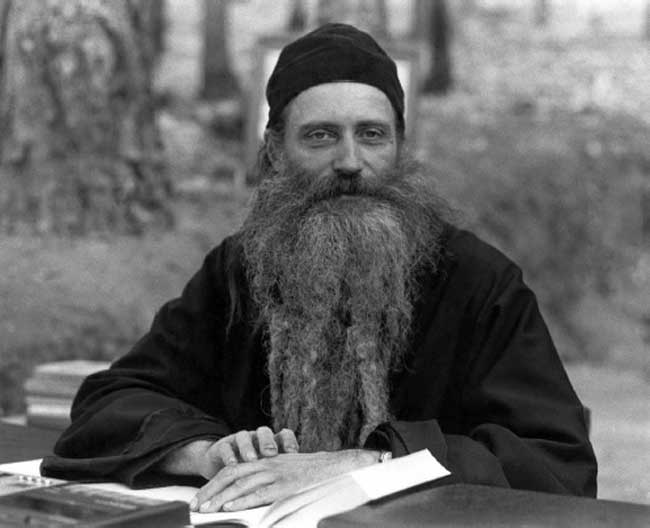



Pas de commentaire